How to Fix Yellow Flame On Gas Furnace?
What to do if your gas furnace burns with a yellow flame?
Most of us have faced this issue at least once in our lives: you turn your furnace on and the more it works the more you see that the flame doesn’t change its color, remaining yellow or yellowish-orange. And since everyone knows that the flame color of a furnace should be blue, people often start wondering what yellow color can mean. Of course, there are also concerns about how safe the yellow flame could be.
In this article, you will find more information on the yellow flame of a gas furnace. We will tell you what makes this flame to appear and how it can be fixed. Also, you will find out what other issues your furnace may encounter and what warning signs they come with.
Finally, we will also explain what different furnace flame colors mean and what danger the change of the flame color may pose.
What to Do to Fix a Yellow Flame In My Furnace?
When you see a yellow flame on a gas furnace, it indicates inefficient combustion of your furnace. But except for this, the yellow flame also means that the generation of carbon monoxide is present.

housekeepingbay.com
Carbon monoxide is an odorless, colorless, and tasteless gas that can be rather harmful to people. When you inhale it for a long time, you may develop headaches, nausea, hallucinations, and, in severe cases, blackouts!

Below, you can find a detailed explanation of how to fix yellow flames on your gas burner in several simple steps. They will allow you to safely troubleshoot the issue and bring a healthy gas flame back without requiring a presence of a certified gas engineer.
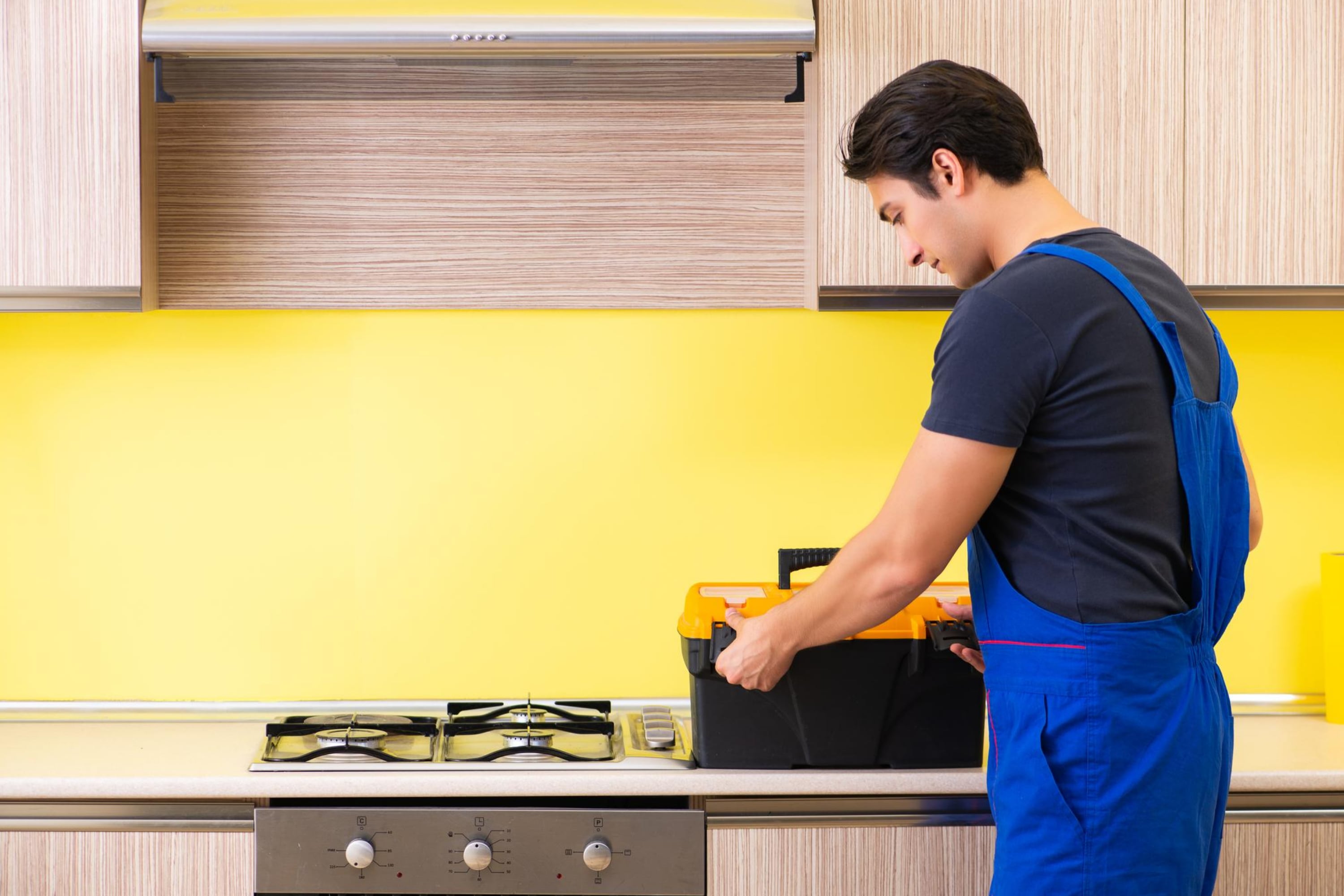
Elnur_ via VistaCreate
Table of Contents
Clean the Gas Stove
This is the very first step that you should take if there is a yellow flame burning. Cleaning the stove means you need to clean the burner air vent and the burner’s air shutter. These parts of the stove tend to accumulate a lot of dirt and debris, especially if the stove is used very often.
As a result, this dirt buildup causes blockages that can impact the ratio between fuel and air, resulting in yellow flames.
Clearing and cleaning the burner gas valve, as well as the flue can help you keep the burner properly working. Besides, if you undergo this cleaning procedure regularly, you will most likely have flame issues at all.
Get Access to the Air Shutter
This is another simple trick that you can use in case your gas burner starts producing yellow flames. You need to open the gas stove stovetop before moving the sliding plate. It will allow you to get access to the air shutter. On most stoves, this is located behind the burner gas valve.
Once you reach it, you need to loosen the screw. After the furnace’s burners are turned back on, you should slowly open the shutter until a blue flame appears. Keep in mind that correcting this problem may require adjusting the shutter several times, but it will be worthwhile.

IgorVetushko via VistaCreate
Check Your Stove For Carbon Monoxide Leaks
Your gas stove may produce yellow flames due to carbon monoxide leakage. The lack of oxygen, which is one of the potential reasons for a yellow flame can be caused by carbon monoxide too.
This is why in order to fix and prevent this issue from happening in the future, it is highly recommended to buy carbon monoxide detectors and test all the rooms in your home, not only the kitchen!
See, If your gas burners are not getting enough air because of a poor burner air intake, this may be causing poisonous carbon monoxide gas leakage! In this case, it is crucially important to make sure that this problem is fixed before you start using your gas furnace again! But for this kind of repair, you must only hire a professional!
Check the Gas Pressure
Finally, your stove may develop yellow (and sometimes even red!) flames because of the gas pressure. Besides, gas pressure may also cause the flame in a gas furnace to be extinguished.
So if you have a gas heater or any other appliance fueled by natural gas, make sure you keep all parts of it clean. It will ensure the burner piping is hot and free from debris. As a result, it will be able to promote more proper combustion. Respectively, this should result in blue flames.
Now you know why yellow flames may appear from your gas stove and how those can be fixed. In most cases, proper maintenance and some light cleaning will help you solve the issue. But if the culprit is a more serious problem, you must only deal with it with the help of a professional!
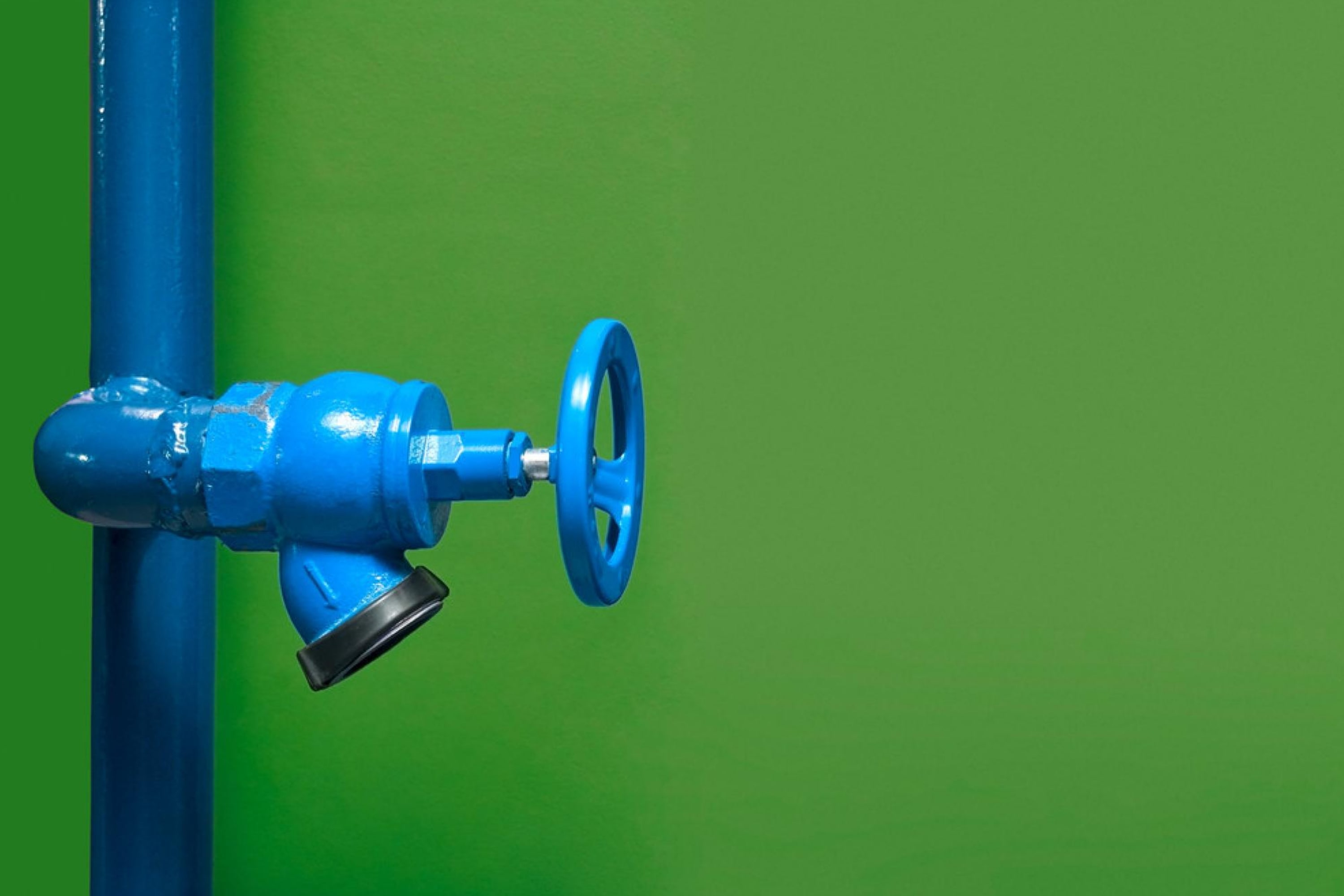
Himchenko via VistaCreate
What Makes Your Gas Furnace Flame Turn Yellow?
In order to be able to figure out how to fix yellow flames on your furnace and restore a normal gas burner performance, your very first task is to investigate the problem from different angles and try to understand what could make blue flames stop burning. In most cases, for stoves and gas burners, there should be a healthy ratio between fuel and air.
But there are also other reasons why a yellow flame can appear:
- Your furnace may be getting too much fuel into the gas stove. This is often a result of wear and tear
- If there is damage to the burner orifice, your furnace may get too much fuel as well, resulting in yellow flames
- Your gas stove may be getting too little air because of blockages or configuration issues with the air shutter
No matter the reason, by correcting the fuel-to-air ratio, you will be able to make sure that the flame will turn blue again. At this point, it is important to keep in mind that an orange flame can be dangerous too!
See, orange flames usually occur on gas stoves when there are soot particles produced, being a result of incomplete combustion. A yellow flame is also dangerous since it can cause allergens and lead to breathing problems.
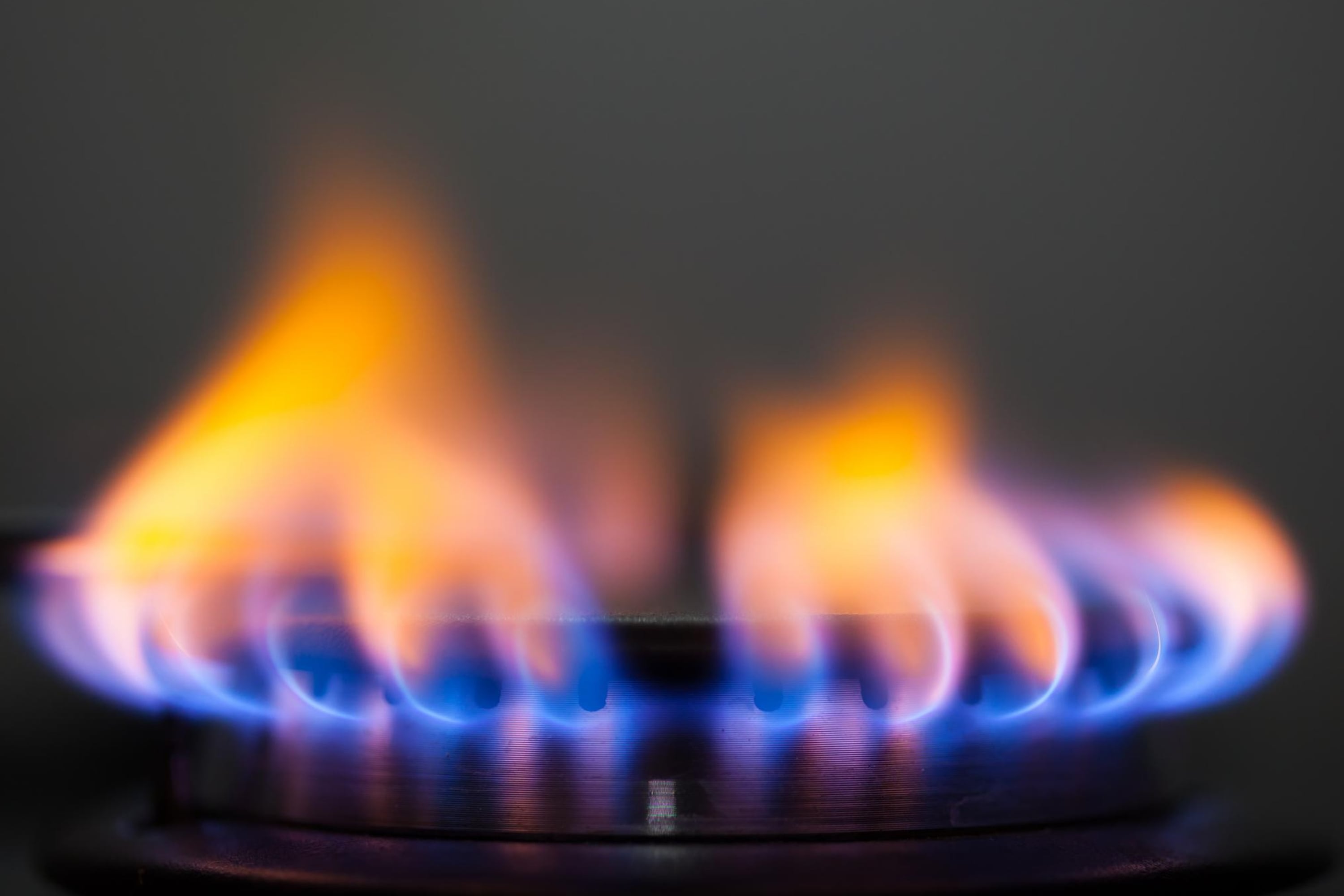
nikkytok via VistaCreate
Furnace Flame Color Meanings
Except for yellow and blue, the flame of your gas furnace can get a few other colors. But since homeowners are mostly unaware of their meaning, we would like to explain what gas furnace flame colors mean. Like this, you will be able to tell in advance what is wrong with the appliance by just taking a look at the color of the flame.
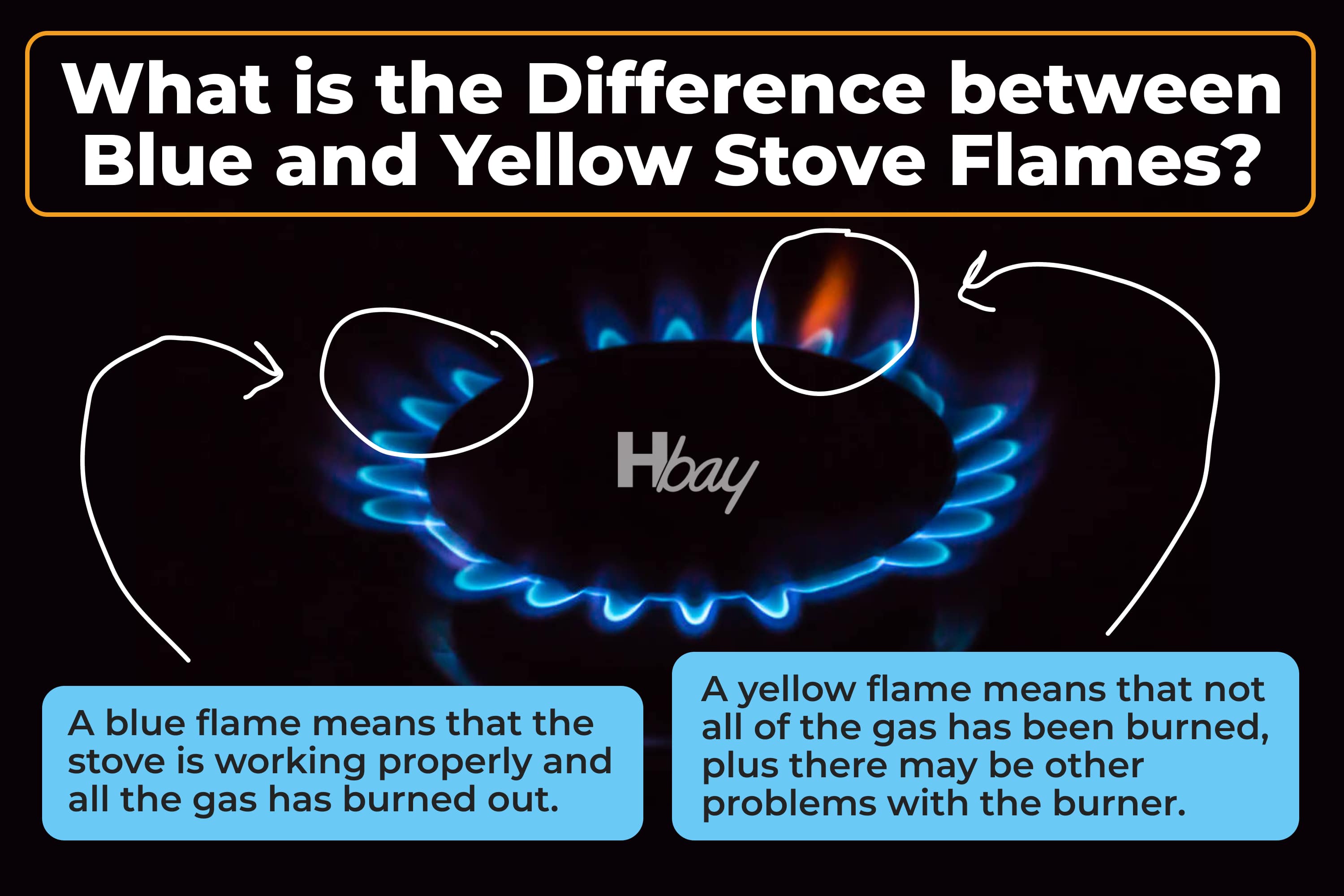
housekeepingbay.com
But first, what makes the flame change its color?
See, the color of the flame changes depending on how much oxygen is burned. As the oxygen supply increases, the flame gets hotter. As a result, we can see a blue-colored flame that burns thoroughly and produces less waste material like soot. Blue flames are also hotter than other flame colors because they are created by complete combustion.

The flame color changes from red to yellow when there is not enough oxygen, as occurs with a candle flame. Any other color except for the blue flame clearly indicates a problem with the furnace.
Except for the issue of producing more soot, a malfunctioning furnace may have incomplete combustion, which will result in more carbon monoxide (CO). As everyone knows, this gas can cause headaches, nausea and even death if inhaled in large quantities!
Yellow flames, as you already know, often indicate the presence of carbon monoxide. Also, yellow and orange flames provide the least amount of heat, but orange ones are somewhat less harmful compared to their yellow “cousins”.
Keep one rule of thumb in mind: your gas furnace’s burner flames should always be almost totally blue. This color is a clear sign of a good natural gas furnace. It should be an evenly burning and roaring blue flame with a light blue triangle in the center. A sliver of yellow may also be present.
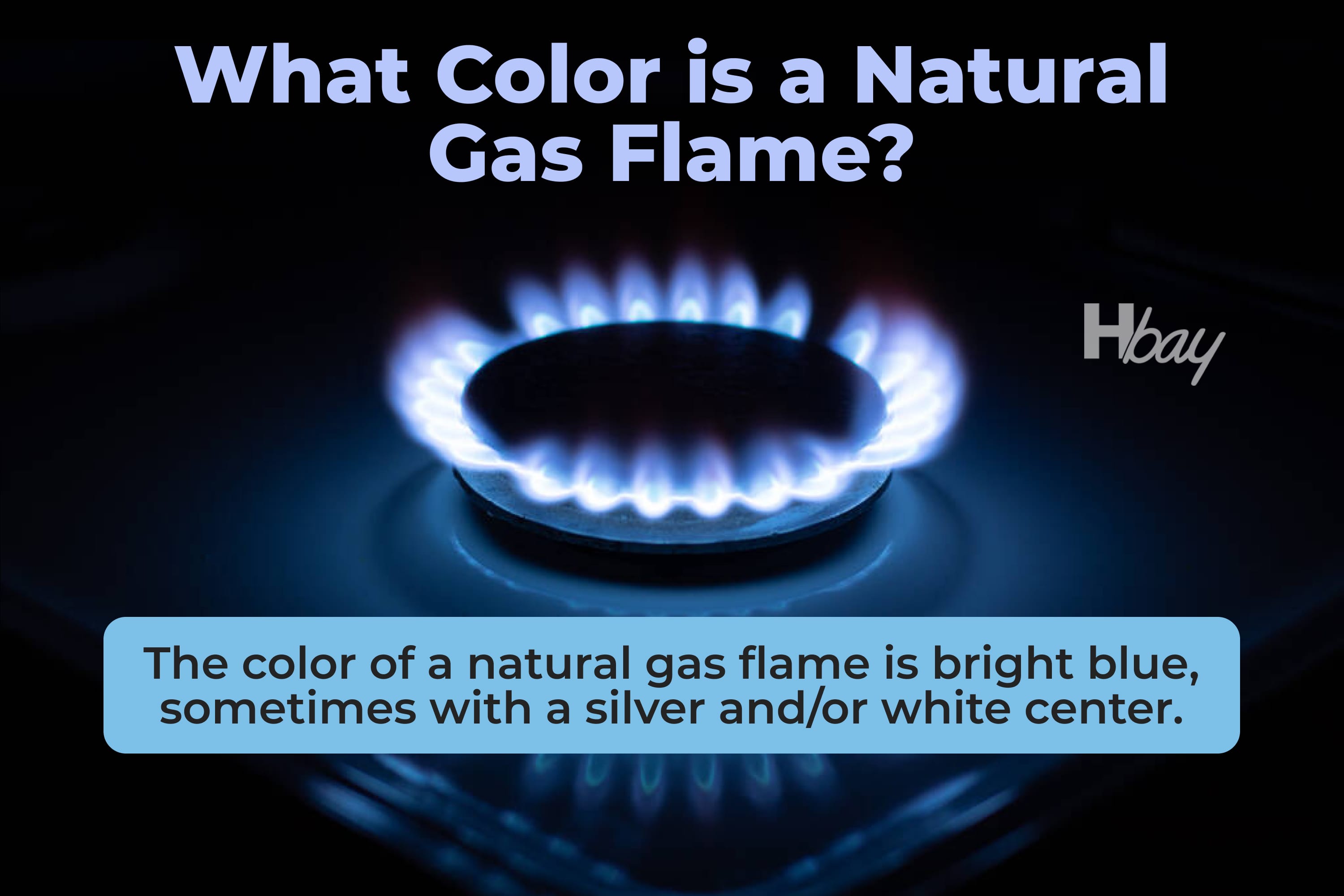
housekeepingbay.com
When you see a blue flame, it means that the gas is being used safely and efficiently. The bluer the flame, the hotter it is, and the more complete the combustion. Also, the blue flame shows that the gas is clean, and contains few contaminants. But in order to provide complete, blue combustion, there must be proper supply of oxygen.
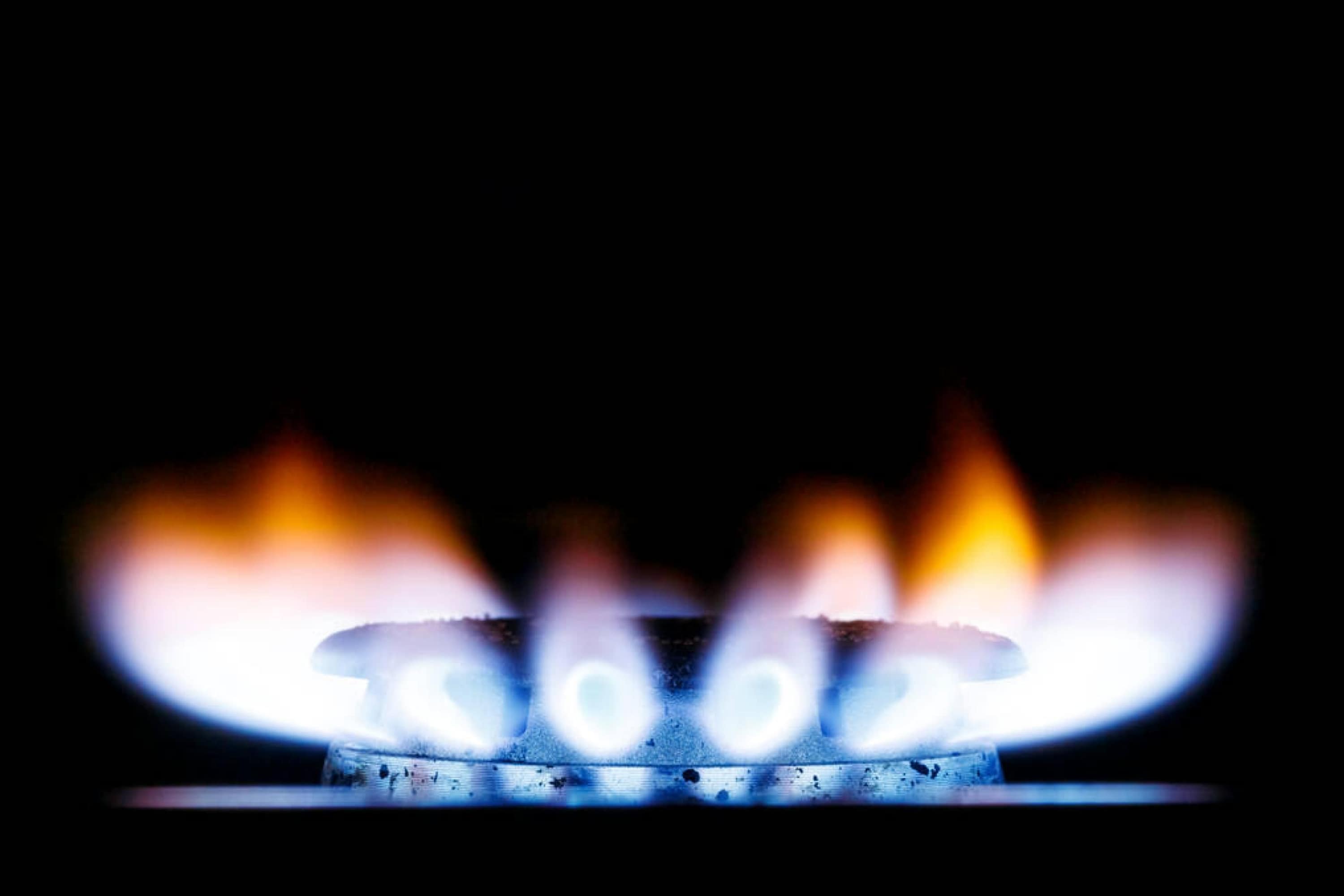
stLegat via VistaCreate
What’s the Danger of the Wrong Flame Colors?
As you already know, if your furnace or gas stove is burning with blue flame, it means that the gas has become completely combustible. But you are also aware that when the color of the flames changes to yellow, orange, or red, this usually indicates that there is not enough air for complete combustion.

housekeepingbay.com
What danger can that bring, you may wonder?
- It can waste your gas
- Energy bills will also be increased
- A faulty stove or furnace produces more soot which will result in inefficient combustion
- There can be carbon monoxide leakage
Due to the seriousness of carbon monoxide poisoning, as well as other issues that may come with the improperly working gas stove or furnace, heating service professionals strongly recommend installing CO detectors on each level of your home and outside each bedroom.
Like this, you will be able to precisely detect the amount of this dangerous gas and see when your furnace might be in need of a good repair.
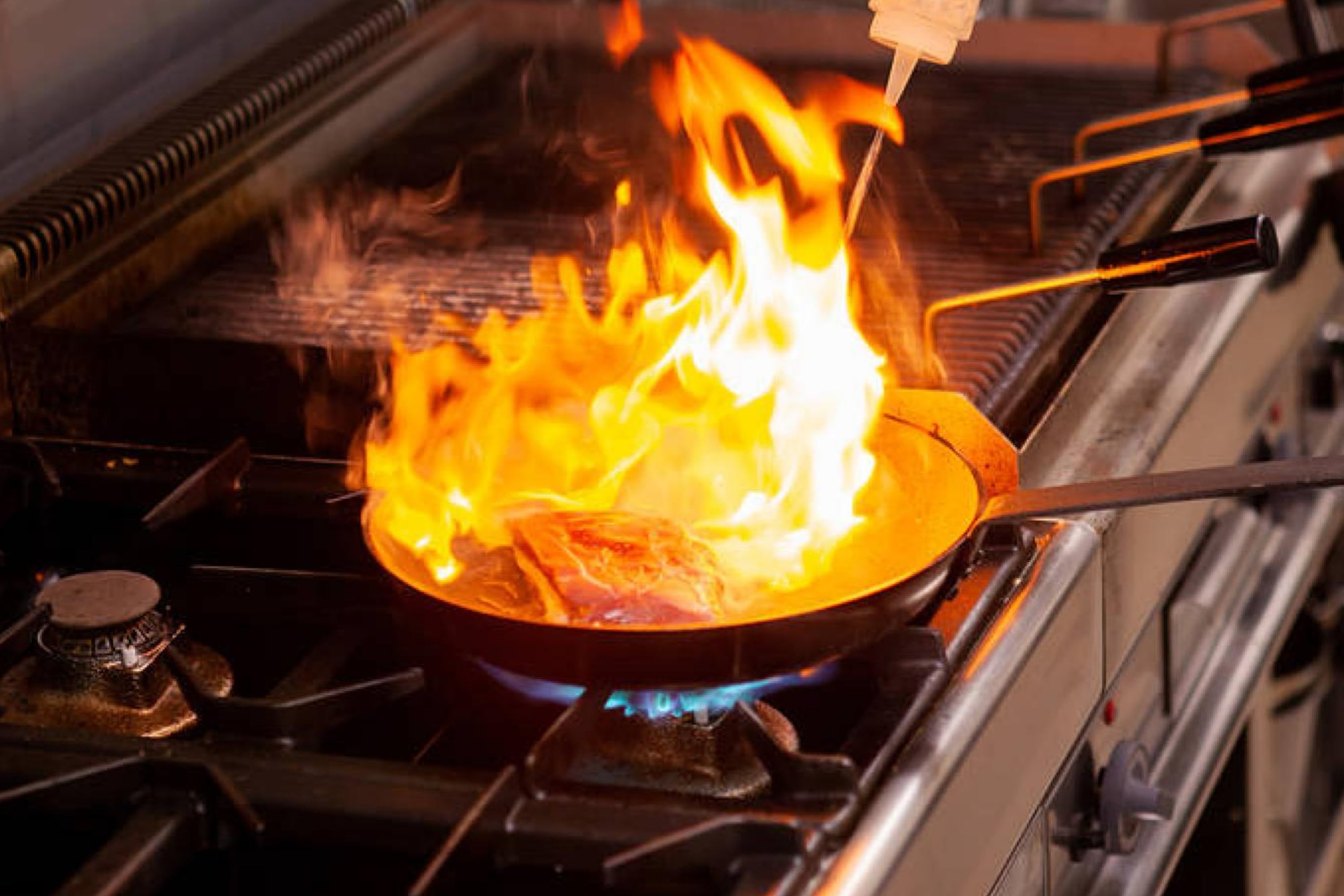
DragosCondreaW via VistaCreate
What Can Tell You That Your Furnace Is Not Doing Well?
Except for colorful flames, your furnace can tell you that it’s not doing well by other methods too. Here we have described the most common ones so that you could know what to look for if you have any suspicions about the condition of your appliance.
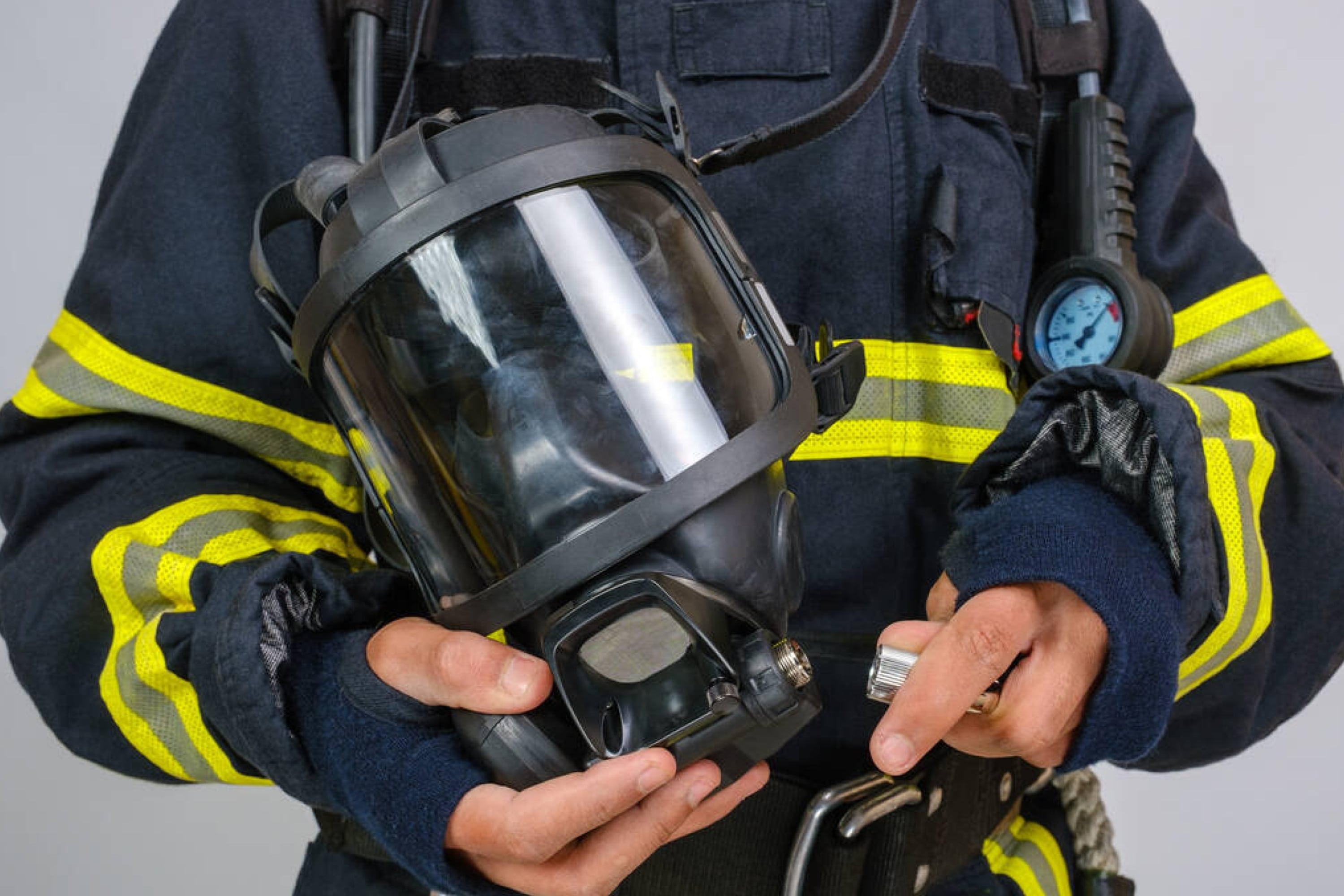
ssuravikin via VistaCreate
Strange Noises May Come From Your Furnace Or Stove
People often say that their furnaces start working much louder, especially when the temperature outside falls down significantly. Depending on the sound type, the cause might be different. For example, if you hear any grinding or chattering sounds coming from the relays of your appliance, that usually means there is an electrical problem.
On the other hand, if your burner is making huffing, puffing, and banging noises, the problem is most likely in a delayed ignition.
Is your furnace or stove clunking and bumping?
Then you might have a cracked belt.
Anyway, if it is an unusual noise that you haven’t heard before and it is way too loud, you need to try to locate the source of it and solve the problem if you are handy enough. Otherwise, you should call your technician.
You Can Sense a Dusty Smell
If you sense a dusty smell coming from your furnace, it isn’t something you have to worry about. In most cases, it is just the dust that is burning out of the combustion chamber. But if the smell bothers you, it’s always better to change your filter. And please keep in mind: if the smell continues, or if you smell gas, you need to call a technician!
There Is Carbon Monoxide In the Air
Since carbon monoxide has no color, no odor, and no taste, this gas is very dangerous since it can kill you without even being noticed! This is why it is crucially important to have carbon monoxide detectors in your home and to have them checked regularly!
Your furnace can emit carbon monoxide if there is a lack of oxygen or if the fuel-burning process is disrupted. to avoid that, make sure you provide good ventilation for your unit and keep the area around it clean.
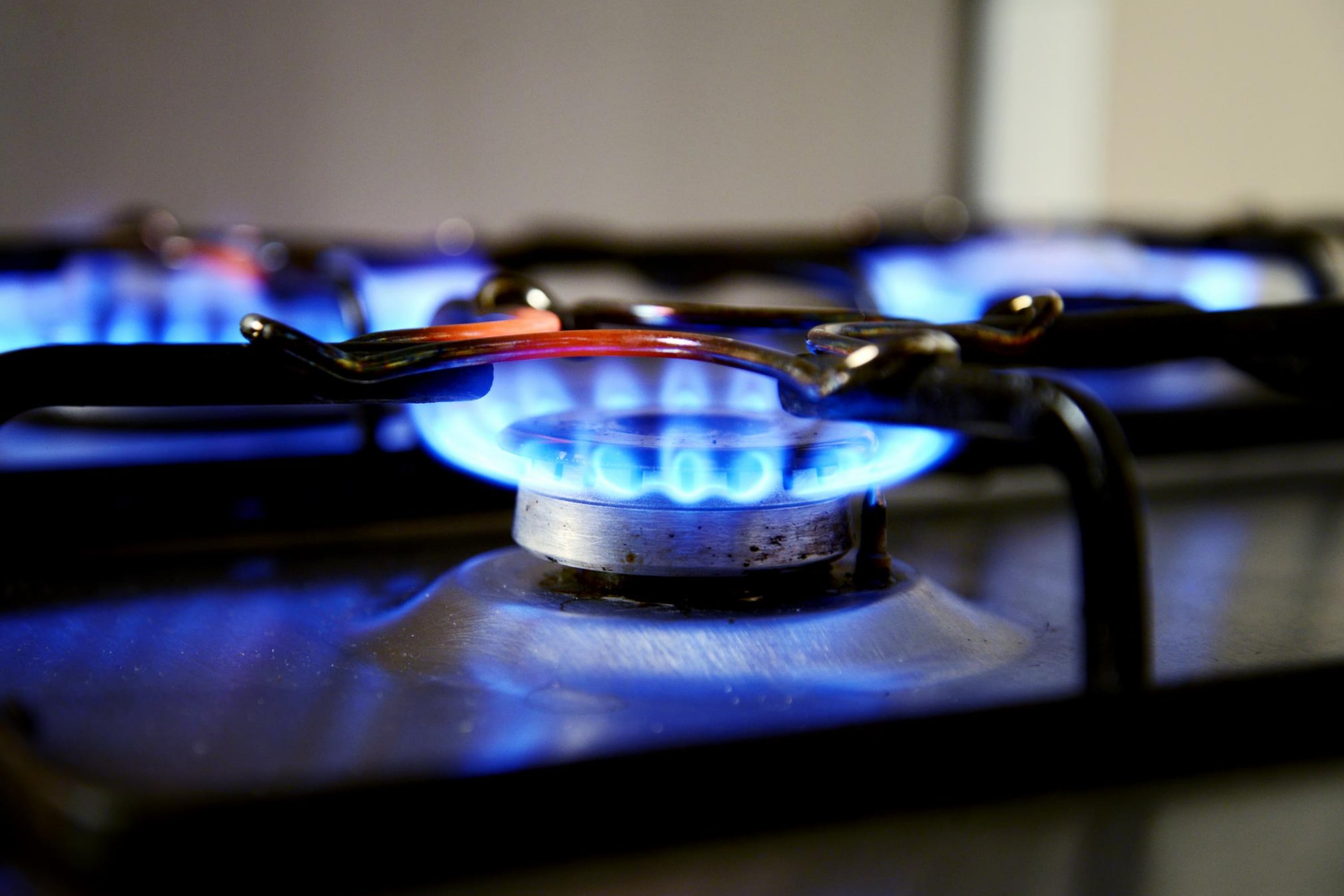
claudio.gangi.fastwebnet via VistaCreate
Consider the Age Of Your Furnace As Well!
Your furnace may give off strange sounds simply because it is old. While some units will easily last for 20 years, others can give out after just 8. But in general, any furnace that is over ten years is usually considered old. If you have one like that, remember it requires constant and close monitoring to make it work properly and remain safe for you and your family members!
Well, now you know why yellow flames can appear from your furnace or gas stove and what you should do to fix them. You also learned what other flame colors your furnace may produce and what they mean. It will help you indicate the problem with the unit long before it becomes real trouble or even hazard!
Make sure you maintain your furnace properly, check it, and clean it regularly, and remember to install CO detectors around your home, and there will be nothing you should worry about.
Ever wished paint sampling was as easy as sticking a sticker? Guess what? Now it is! Discover Samplize's unique Peel & Stick samples. Get started now and say goodbye to the old messy way!
Get paint samples




Frequently Asked Questions
⭐How hot is a yellow flame?
This type of flame only burns at around 1,000 °C, as noted on the flame color temperature chart.
⭐What’s the difference between blue and yellow furnace flame?
Blue flame means that the furnace is working properly and all the gas is burnt. Yellow flame means not all the gas is burns, plus, there might be other issues with the burner.
⭐What is natural gas flame color?
The natural gas flame color is bright blue, sometimes with silver and/or white in the center.
4 thoughts on “How to Fix Yellow Flame On Gas Furnace?”
Leave a Reply



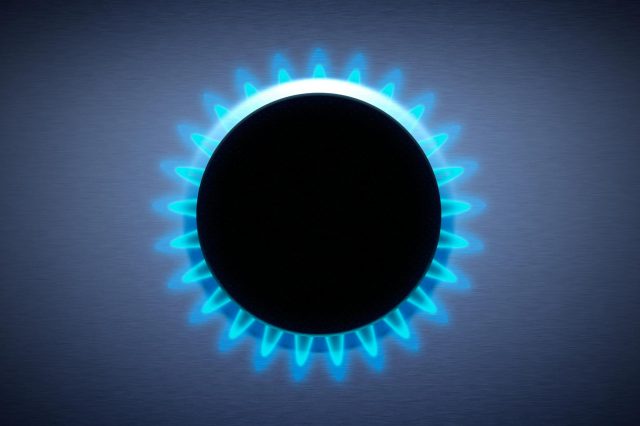




I notice that, when we start our furnace before winter months, it’s always banging and making other loud sounds for a while. Is it ok? I mean, is it possible that it’s broken?
Well, I guess that this is normal. Ours does the same! As long as your unit works properly and doesn’t emit gas, these sounds may simply indicate that it’s getting back to work after a long summer vacation!
Hi! Thanks forsuch a useful material, I really needed that! Maybe you could also explain whether it’s normal when the furnace has blue flames with white in the middle?
Hello. Yes, its absolutely normal when blue flames have white or silver “crown” in the center. There is no need to worry about it! Your furnace’s working properly.